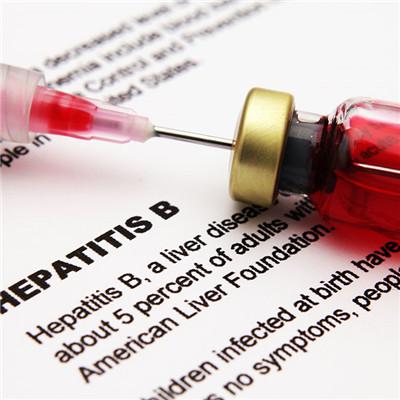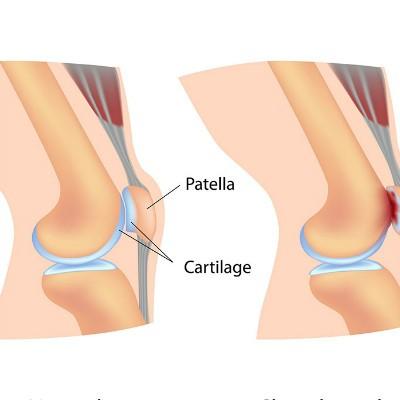How to see the image of cerebral infarction focus?
summary
Cerebral infarction, formerly known as cerebral infarction, also known as ischemic stroke, refers to the ischemic necrosis or softening of limited brain tissue caused by cerebral blood supply disorder, ischemia and hypoxia. How to see the image of cerebral infarction focus? Next, I'd like to share my views with you.
How to see the image of cerebral infarction focus?
CT showed that the infarct was low-density, which could determine the location, shape and size of the lesion. The larger infarct could compress the ventricle, deform and shift the midline structure. However, within 4-6 hours after the onset of cerebral infarction, only some cases could see slightly low-density lesions with unclear boundary, while most cases could only show low-density lesions with clear boundary 24 hours later,

The infarct size was less than 5 mm. Posterior fossa infarction is not easy to be seen by CT, and cortical infarction is often not detected by CT. Enhanced scanning can improve the detection rate and qualitative diagnosis rate of lesions. The CT manifestations of hemorrhagic infarction were large low-density areas with irregular patchy high-density areas, which were different from cerebral hematoma in that the low-density areas were wide and the hemorrhagic foci were scattered in small patchy areas.

MRI is very sensitive to the detection of cerebral infarction, the detection of cerebral ischemic damage is better than CT, can detect early cerebral ischemic damage, can be seen within 1 hour of ischemia. Six hours after the onset of the disease, almost all of the large infarction can be shown by MRI, showing T1 weighted low signal and T2 weighted high signal.

matters needing attention
As long as we control our weight and avoid the occurrence of obesity, it can help us reduce the risk of these diseases and avoid the occurrence of cerebral infarction. Appropriate exercise can strengthen our physique, improve the body's immunity, avoid cerebral infarction, more conducive to health.















